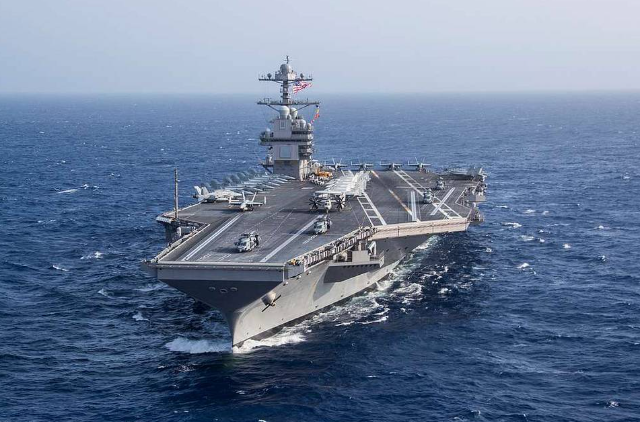
“We wouldn’t last two hours in a conventional war.” That frank assessment from someone familiar with Venezuela’s defense planning underlines the country’s reliance on asymmetric tactics as tensions with Washington rise. With the arrival of the USS Gerald R. Ford in Caribbean waters, Caracas is banking on strategies that do not try to win in open battle but would turn any U.S. incursion costly, chaotic, and politically unsustainable.
Venezuela’s military has been plagued for years by dwindling resources, aging equipment and low morale. Still, the government of President Nicolás Maduro is mobilizing forces and militias, retooling intelligence networks and even pressing civilian technologies into service, preparing for what officials call “prolonged resistance” and “anarchization.” The plans reflect the logic of asymmetric conflict, leveraging mobility, surprise and disorder against a far superior adversary.
The following listicle examines nine critical elements of the Venezuelan defense posture, drawing on military theory, recent deployments, and expert analysis in order to outline how a weaker state seeks to offset overwhelming U.S. power.
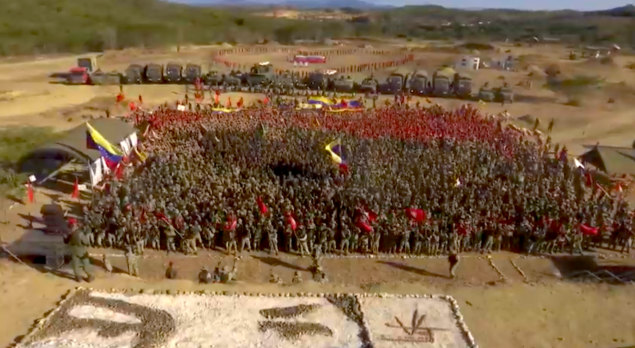
1. Prolonged Resistance Through Dispersed Units
Planning documents reveal that Caracas intends to station small military units at more than 280 locations nationally. Their role would involve sabotage, hit-and-run attacks, and disruption of supply lines-classic asymmetric tactics that avoid direct confrontation. Caracas thus hopes to stretch U.S. operational reach and complicate targeting through dispersement of forces.
Such a network mirrors insurgent strategies from Afghanistan to Iraq, where mobility and decentralization inhibit traditional military dominance. The approach also reflects recognition of the limited capacity of Venezuela for sustained conventional war, focusing instead on endurance and attrition.
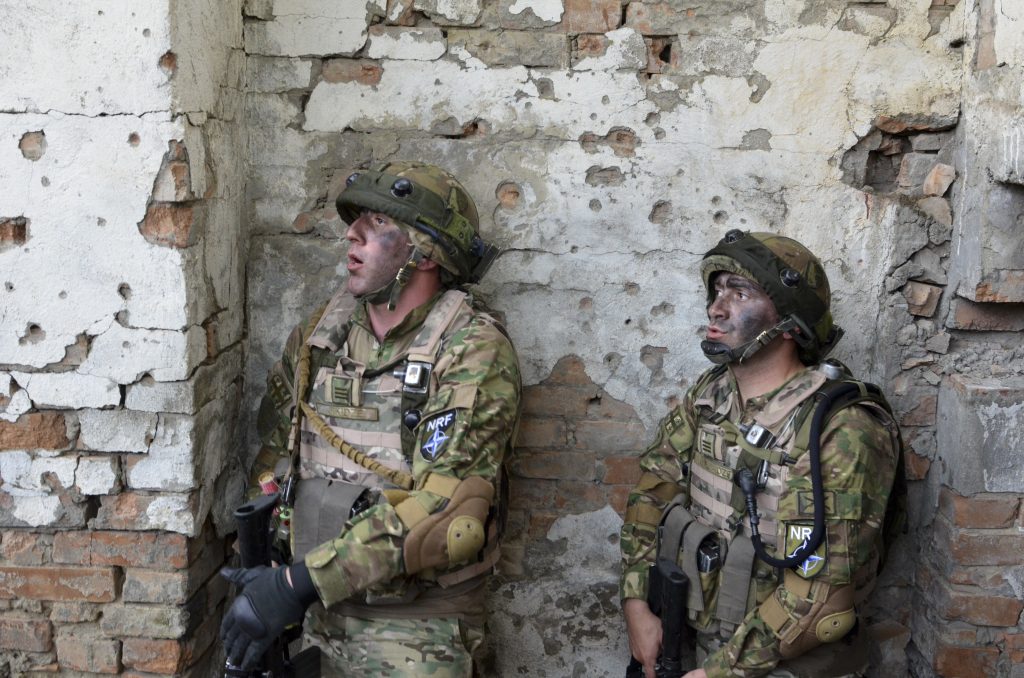
2. The ‘Anarchization’ Strategy
A second track, prepared by Mr Maduro’s government, is to orchestrate disorder in Caracas, making governance impossible for any occupying force. Intelligence services and armed supporters would foment street unrest, sabotage infrastructure and cut off communications.
It seeks to wear down political will, not to score battlefield victories. According to Reuters’ sources, the aim is to create a situation in which foreign forces can never know a moment’s stability, undermining their legitimacy and operational control.
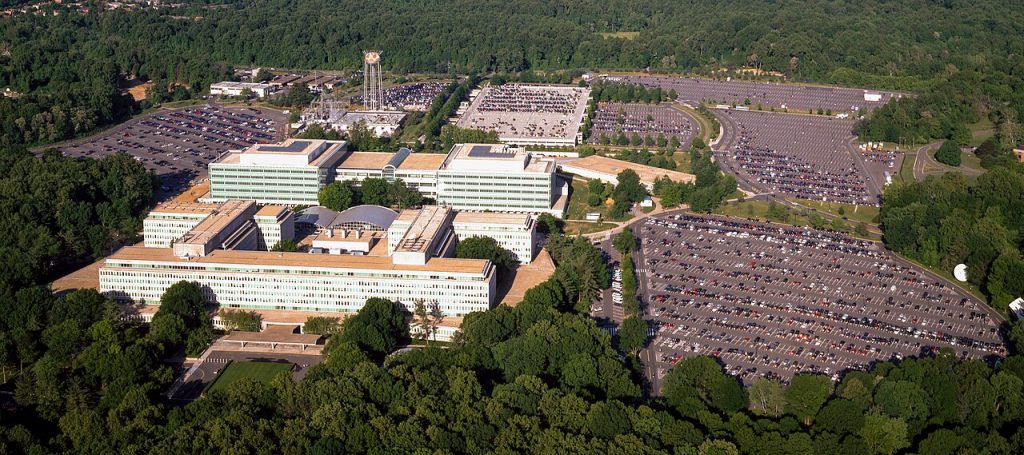
3. Repurposing Civilian Technology for Intelligence
Significantly, it converted a public service helpline application once used for reporting utility malfunctions into a tool for reporting suspicious activity. The crowdsourced surveillance system that would result from that is supposed to counter the intelligence efforts of the United States and find covert operations.
The move comes after US President Donald Trump authorized covert CIA operations in Venezuela, reportedly targeting narcotics trafficking. Mobilizing civilian involvement, Caracas enhances its situational awareness without expensive technological investments.

4. Large-Scale Multi-Domain Military Deployment
Defense Minister Vladimir Padrino López announced a “massive deployment” of land, sea, air, riverine, and missile forces, in concert with police and militias. Nearly 200,000 personnel are taking part in exercises across the country in a show of readiness to deter U.S. action.
Although much of the hardware is decades old, the breadth of the deployment-from coastal missile batteries to inland militias-signals a whole-of-nation defense posture. The integration of civilian militias into formal military structures mirrors a hybrid model of defense with a mix of conventional and irregular elements.
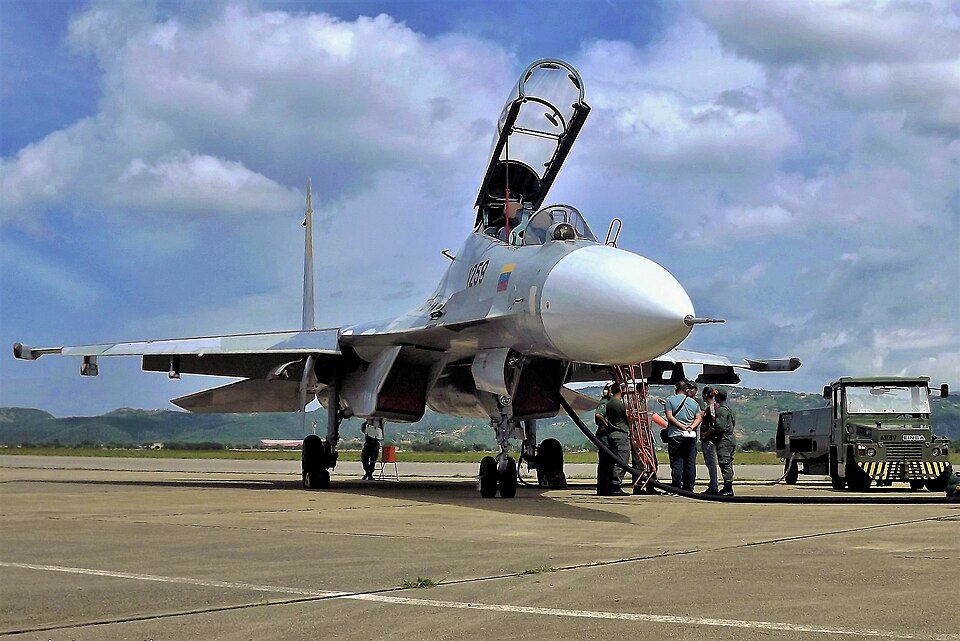
5. Reliance on Aging Russian-Made Weapons
Venezuela’s arsenal includes about 5,000 Igla shoulder-fired missiles and Sukhoi fighter jets, many bought from Russia years ago. A source familiar with capabilities described the jets as “nothing” compared to U.S. bombers. Helicopters and tanks also suffer from age and maintenance issues.
This dependence on antiquated systems does little to help Venezuela contest U.S. air superiority, reinforcing the strategic pivot toward ground-based guerrilla tactics and urban disruption.
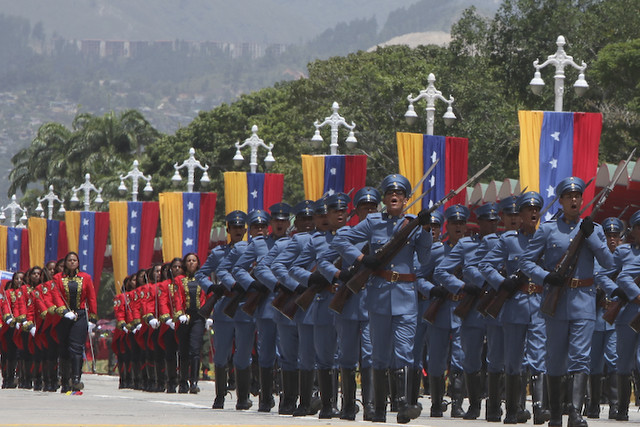
6. Economic Constraints and Low Soldier Morale
The rank-and-file soldiers get about $100 per month, far less than what basic foodstuffs cost. Some commanders have resorted to negotiating directly with local producers to feed their troops. Such economic hardship erodes morale and readiness, adding to the complications of sustaining prolonged operations. Low pay and resource scarcity exemplify what military theorists have dubbed the “commitment-resource gap,” in which lengthening security burdens outstrip available means, often driving risk-laden innovation or reliance on unconventional strategies.
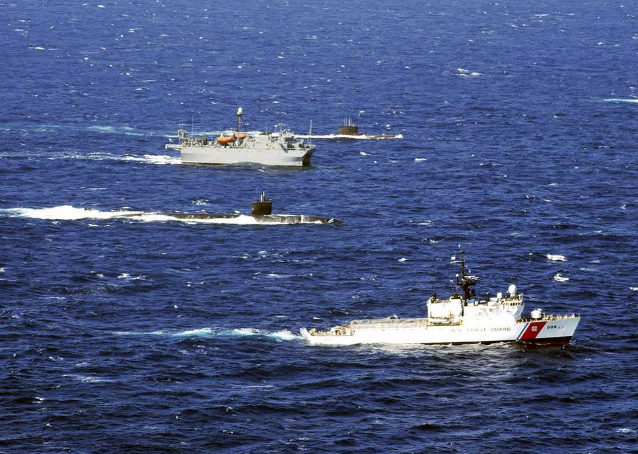
7. U.S. Naval Buildup in the Caribbean
The arrival of more than 4,000 sailors and dozens of tactical aircraft with the USS Gerald R. Ford Carrier Strike Group represents the largest U.S. military presence in the region since the 1989 invasion of Panama. Other deployments to Puerto Rico, El Salvador, Panama, and Trinidad and Tobago have raised speculations of possible land operations. Washington frames the buildup as part of its “war on drugs,” but analysts note the implicit pressure on Maduro to step down. Maduro has called it “the greatest threat our continent has faced in the past 100 years.”
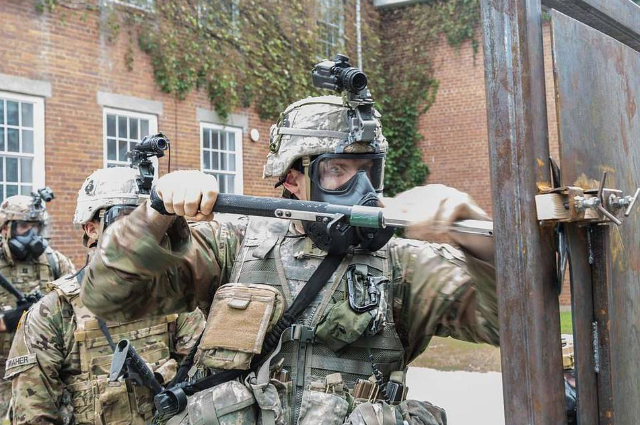
8. Asymmetric Warfare Principles in Play
The options mix well with asymmetric warfare doctrine, leveraging local knowledge, mobility, and political narratives to mitigate military inferiority. Tactics include sabotage, sniper fire, and psychological operations aimed at sapping U.S. will. Former U.S. intelligence officer Fulton Armstrong told Newsweek that U.S. forces could “feel a swarm of bees” when leaving safe zones an apt metaphor for the cumulative effect of dispersed, unpredictable attacks.
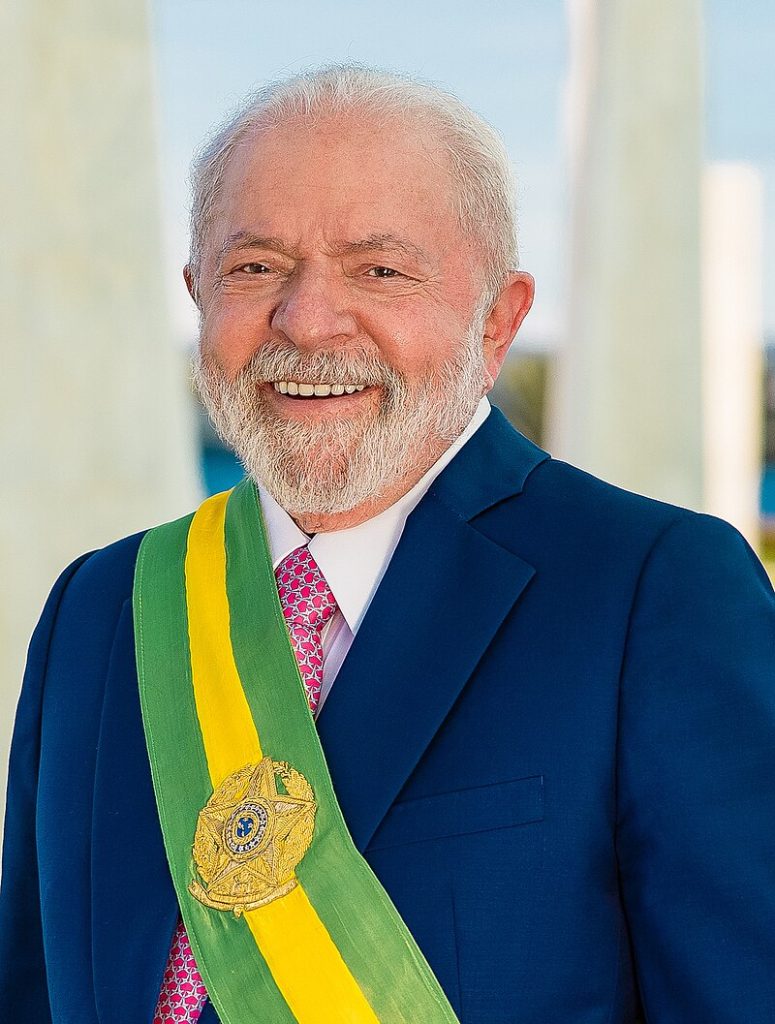
9. Regional and International Political Dimensions
During the recent Celac summit, 58 of 60 countries rejected the use or threat of force outside international law, though Venezuela and Nicaragua withheld their signature. Brazil’s President, Luiz Inácio Lula da Silva, highlighted that “we are a zone of peace” and called for political solutions. Such diplomatic positioning shapes the legitimacy of any intervention. For Caracas, international condemnation of force-even if it is muted-provides political cover for framing resistance as a defense of sovereignty. Preparations by Venezuela show a multi-tiered defense that is less about matching U.S. firepower but about making any intervention costly, messy, and politically fraught.
From dispersed sabotage units to urban unrest, strategies draw from the logic of asymmetric conflict-enduring survival through disruption. Whether these measures can meaningfully deter or withstand a modern U.S. military campaign is uncertain, but their design ensures any incursion would be met with something more than conventional resistance-it would be met with a swarm.

